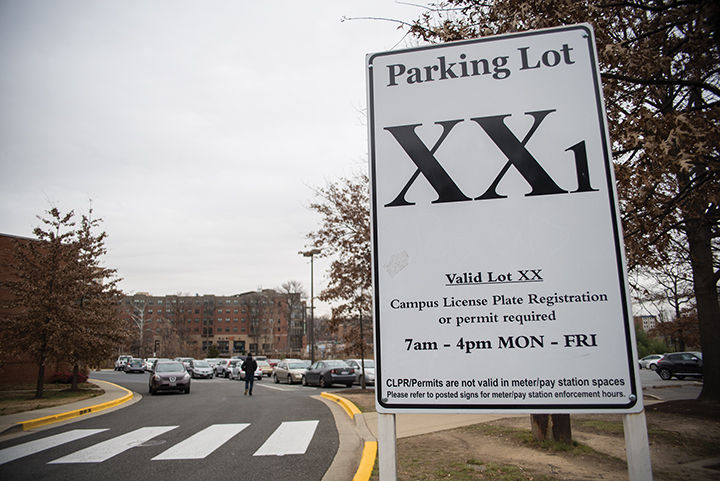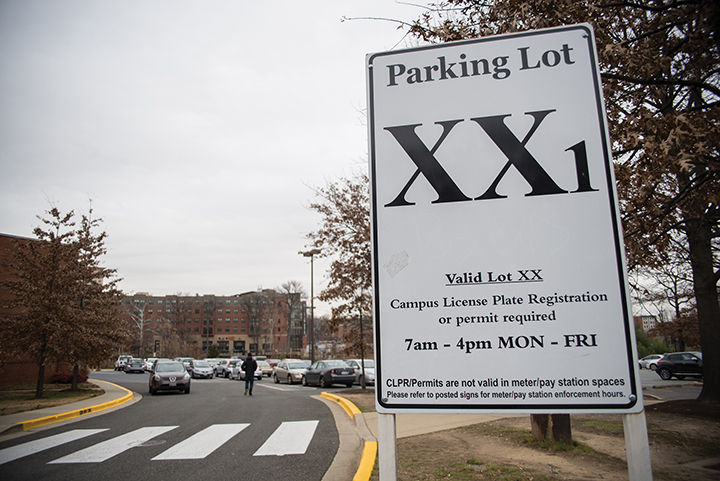When The Diamondback reported in December that on-campus parking for residents is scheduled to be eliminated by 2017, the backlash was immediate. But the vocal opposition failed to consider the rationale for the decision. Change can be difficult, but in this case, it is ultimately for the better.
Aunts, uncles, employers and graduate schools probably never say, “Oh, Maryland? I’ve heard about their excellent parking program!” When writing checks, alumni donors fondly remember the experiences they had as Terps more than they remember their parking spots. Our campus is routinely ranked among the most beautiful in the country for its red bricks and green trees, not for its gray pavement. Land is a scarce resource, and it makes sense for the university to use it for more sustainable and beneficial purposes.
For those who place a high priority on parking, this state has a number of affordable public universities at which parking is cheaper, such as Towson, Salisbury, Bowie State, Frostburg State and the University of Maryland Eastern Shore. At Frostburg, students who live in the university’s dorms can park for free!
However, you probably chose this university because it was the best choice in terms of academics and student life. It has achieved its high status by growing through the decades, building new facilities and maintaining a dedication to excellence in research, athletics and other functions that distinguish a great university. Our school didn’t get where it is today by having the greatest number of asphalt slabs.
In terms of allocation, it makes sense for students who do not have major off-campus obligations to be the group that lives in the dorms. This will be more conducive to participating in various campus activities. Students who have employment or family obligations that require parking a car are better served by living off the campus in housing that is accompanied by a parking spot. Much like the inconvenience of a lack of air conditioning in some dorms can be seen as an opportunity for students to bond in the lounge, the parking situation can be seen as an opportunity to better allocate campus activities to those who will benefit from them.
The decision to eliminate resident parking makes sense when combined with the recent decision to largely limit residence halls to freshmen and sophomores. A majority of upperclassmen choose to leave the dorms anyway, and they are the ones who need groceries and are more likely to have important internships. Dorm dwellers’ need for groceries is an issue between them and Dining Services, not the Department of Transportation Services.
Much of the parking deficit could be alleviated by the future Purple Line light rail. While there will be a few years in between during which some will be inconvenienced, the transit line will serve as a more sustainable solution for connecting the campus to other areas in this state. Access to Montgomery and Prince George’s counties will be much simpler. Additionally, the university has done a good job of promoting Zimride, a service that helps coordinate carpools to lower the need for spaces.
When all is said and done, a certain amount of parking is still necessary. However, taking into account the land value of this university’s location near the nation’s capital, the reduction in the number of spots will necessitate raising the price for those that remain.
A comparably located public university, the University of California, Berkeley charges $688 for two semesters, compared to UMD’s $481 for residents. Among private universities, Harvard charges a massive $1,740 for a yearly parking space, but still manages to function as a university.
A parking solution should be available for residents who truly need it, but the price will have to rise as the number of spaces falls. As the university grows, transportation solutions will evolve and the reduction in spaces will not be harmful in the long term.
Daniel Galitsky is a junior finance and economics major. He can be reached at dgalitskydbk@gmail.com.
The plan to eliminate resident parking makes sense in the long run





